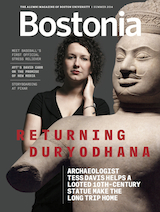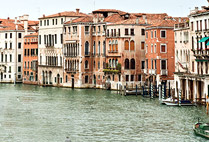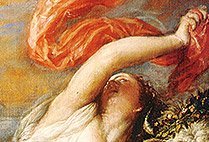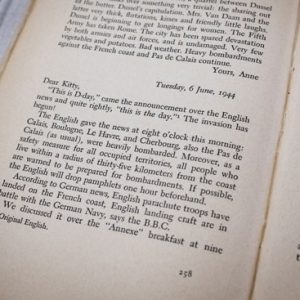
Issue Archives
Bostonia is published in print three times a year and updated weekly on the web.


Summer 2018

Winter-Spring 2018

Fall 2017

Summer 2017

Winter-Spring 2017

Fall 2016

Summer 2016

Winter-Spring 2016

Fall 2015

Summer 2015

Winter-Spring 2015

Fall 2014

Summer 2014

Winter-Spring 2014

Fall 2013

Summer 2013

Winter-Spring 2013

Campaign 2012

Summer 2012

Winter-Spring 2012

Fall 2011

Summer 2011

Winter-Spring 2011

Fall 2010

Summer 2010

Winter-Spring 2010

Fall 2009

Summer 2009

Spring 2009

Winter 2009
















Was the portrait of Gabriele Tadino, Commander of Charles V’s Artillery, included in your study? It was, at one time, in my family’s possession and we know that it traveled from Germany to New York, from New York to Texas, and eventually back to Italy.
Great to see this creative exploration of art and history through new technology. Nice work.
One small correction to the article: It was not Napoleon whose approach to Naples necessitated the removal of Danae with Cupid in 1798. A general in the revolutionary armies (and not yet the ruler of France), he was in Egypt leading the French invasion of that country when the King of Naples, his entourage, and the Titian painting were evacuated by Nelson. The French troops in Italy at that time were under the command of other leaders.
Ken Liss
Mugar Memorial Library